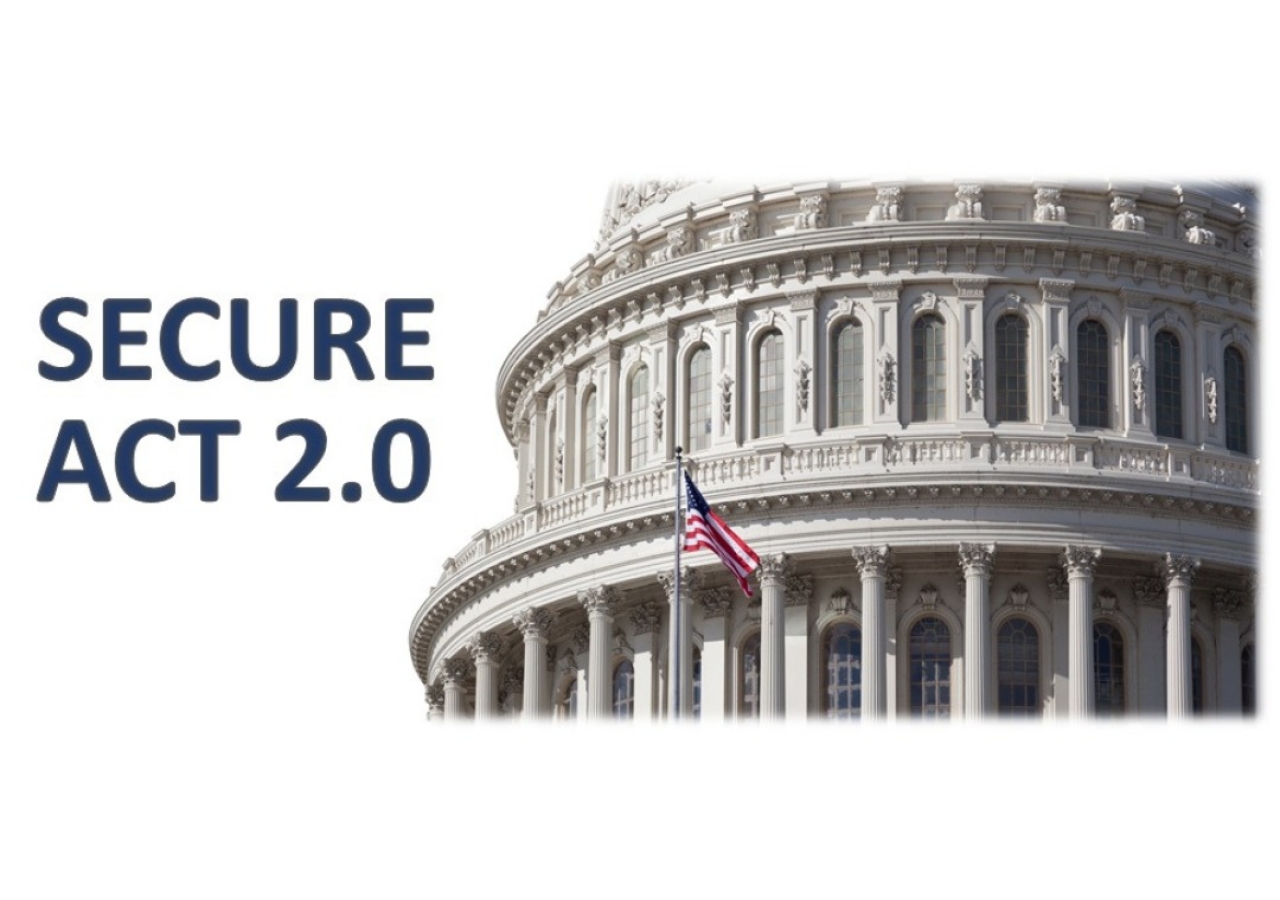The SECURE 2.0 Act, signed into law in late 2022, represents one of the most comprehensive overhauls to retirement plan legislation in recent years. As auditors reviewing 401(k) plans for the 2024 plan year, PriceKubecka’s now seeing the real-time impact of these changes—from mandatory compliance provisions to optional enhancements that may tempt plan sponsors with their employee-friendly appeal.
But with great change comes greater complexity—and oversight. If you’re a plan sponsor, here’s what we’re looking for in your 2024 audit, and what you should be monitoring in your operations.

RMD Age Increases: Are You Tracking the Right Participants?
One of the most impactful mandatory changes is the increase in the Required Minimum Distribution (RMD) age to 73, effective for participants turning 73 in 2023 or later. This is now fully in effect for the 2024 plan year—and as auditors, we are reviewing how you’re identifying these participants and processing their distributions.
We’re also watching for compliance hiccups: missed birthdates, incorrect addresses, or uncashed checks that leave distributions incomplete. If an RMD was missed, SECURE 2.0 reduced the excise tax from 50% to 25%, and even down to 10% if corrected promptly—but you’ll need documentation to show what happened and how you fixed it.
Also worth noting pre-death RMDs are no longer required for Roth accounts, but only for participants reaching RMD age in 2024 or later. We’re checking birth dates and distribution records carefully, are you?
LTPT Employees: Eligibility Rules Now in Play
Another key provision that’s now live for 2024 is eligibility for long-term part-time (LTPT) employees. If employees worked 500+ hours in 2021, 2022, and 2023, they became eligible to participate in the plan on January 1, 2024.
For the 2024 audit, we’re testing your timekeeping records, eligibility determinations, and communication procedures. If your plan required 1,000 hours for eligibility and hasn’t been updated—or if hours weren’t tracked accurately—you may have exposure.
Starting in 2025, the eligibility window shortens to just two consecutive years, so it’s critical to have the right controls in place now.
Voluntary Provisions: Proceed with Caution
Several voluntary provisions became available in 2024, and we’re beginning to see some sponsors adopt them—often without fully realizing the operational complexity they introduce.
Take the student loan matching provision, for example. Employers can now make matching contributions based on an employee’s student loan repayments. Sounds great, but how will you verify those payments? Are you relying on monthly statements? Annual summaries? Is your payroll system ready to process these non-traditional matches?
Another example is the emergency savings account option. Employers can auto-enroll participants into an account capped at $2,500, with contributions treated as Roth. But without dedicated codes in payroll and recordkeeping systems, tracking and testing these contributions becomes a headache. The same applies to Roth employer contributions, hardship self-certifications, and distributions for domestic abuse or disaster relief. Each one requires precise coordination between sponsors and service providers.
As your auditors, we need to see clear documentation, updated plan language, and defined roles between sponsors, TPAs, and recordkeepers. If you’re adopting any of these provisions, be proactive. Walk through the process from start to finish and know who’s doing what.
Coming Soon: 2025 and 2026 Provisions
While we’re focused now on 2024 audits, plan sponsors should already be preparing for what’s next:
- In 2025, plans created after December 29, 2022, must automatically enroll participants at 3%, with annual increases to at least 10%.
- Catch-up contribution limits for employees aged 60–63 will increase to $10,000 or 150% of the standard catch-up limit.
- In 2026, Roth catch-up contributions will become mandatory for employees earning over $145,000.
Final Thoughts for Plan Sponsors
From an auditor’s perspective, the key takeaway is this: SECURE 2.0 is not just about adding provisions, it’s about operational readiness. Your legal plan documents must match your actual practices. Your service providers must be aligned. And you, as the plan sponsor, must own the compliance responsibility. Before you adopt new features, ask:
- How will this be tracked?
- Who is responsible?
- Can we test it?
- Is it reflected in the plan document?
And if the answer to any of those is unclear, press pause. Adoption is optional—but compliance is not.
Need help with your 2024 audit or evaluating your SECURE 2.0 compliance? Let’s connect.



